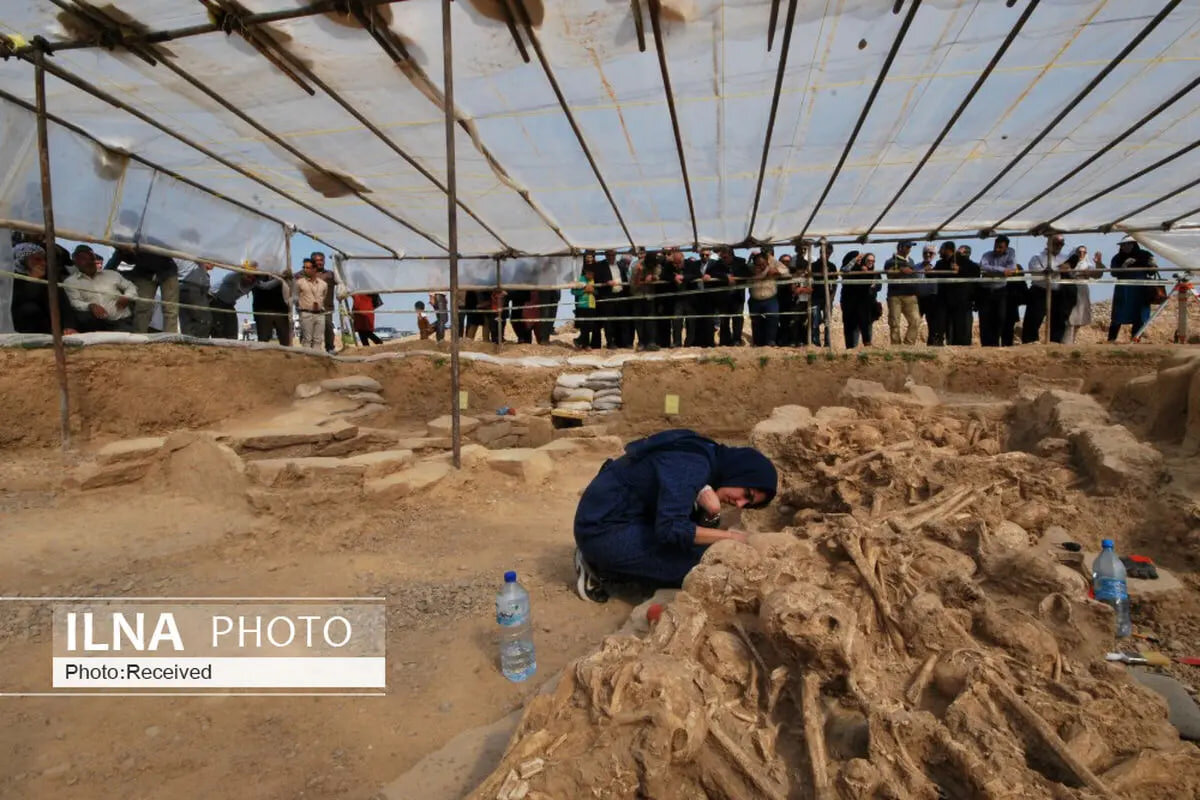Iran 6,000 years ago, ahead of Mesopotamia in innovation, culture

TEHRAN-- New excavations at the ancient site of Chega Sofla in southeast of Khuzestan province have provided a new picture of the history of early Near East civilizations.
Findings show that the Copper Age societies in the ‘Dasht-e Zohreh’ around 6,000 years ago were not only on par with, but also more advanced than Mesopotamia in some innovations, including brickmaking, weight standards, and silver and gold jewelry, redefining Iran's place in the history of prehistoric civilization in the region, IRIB wrote.
In an article titled ‘Ahead of Time’, published by Eric Powell, deputy editor of the journal Archaeology, it is stated that excavations at the Chega Sofla site, located in southwestern Iran, indicate a high level of development of the Copper Age societies of the region.
Dating from the Copper/Chalcolithic period and the transition from Neolithic villages to the early Mesopotamian cities (3500 BC), the site was previously considered to be on the fringes of the Elamite and Mesopotamian civilizations.
However, recent findings show the opposite of this idea and indicate the development of technology and advanced culture of its inhabitants.
Excavations at the Chega Sofla cemetery have revealed the remains of 102 individuals buried in a variety of burial practices, including reburial, bone mixing, skull burial, and a pair of skulls known as ‘lovers’. The most notable burial is that of a 25-year-old woman named ‘Khatun’, who was discovered with a ceremonial copper sword, silver and gold jewelry, and a stone weight. About 70 percent of the burials were female, and some women had modified skulls, a symbol of social status.
The other important achievements of the excavations are the discovery of architectural innovations and advanced technology. The use of baked bricks in the construction of tombs and temples, a standard weighing system with marked weights, and valuable objects such as marble bowls and intricate ceramics, confirm the high level of technical and cultural progress of these societies.
The first temple of the Copper Age of Iran was also discovered at Chega Sofla, which was built of baked bricks, had an H-shaped structure, burial of sacrificial animals (male goats and cows), and a small marble bowl with numerical signs (17, 19, 21 lines), which probably represents a counting system or religious ritual.
These findings reflect the advancement of the societies of Dasht-e Zohreh in the fields of metallurgy, pottery, and architecture, and show that this region was even ahead of the ancient city of Susa in some areas.
The cemetery and temple of Chega Sofla offer clear symbols of social organization, commercial activities, religious rituals, and the prominent role of women, opening a new horizon in the study of the prehistory of Iran and the Near East.
KD
